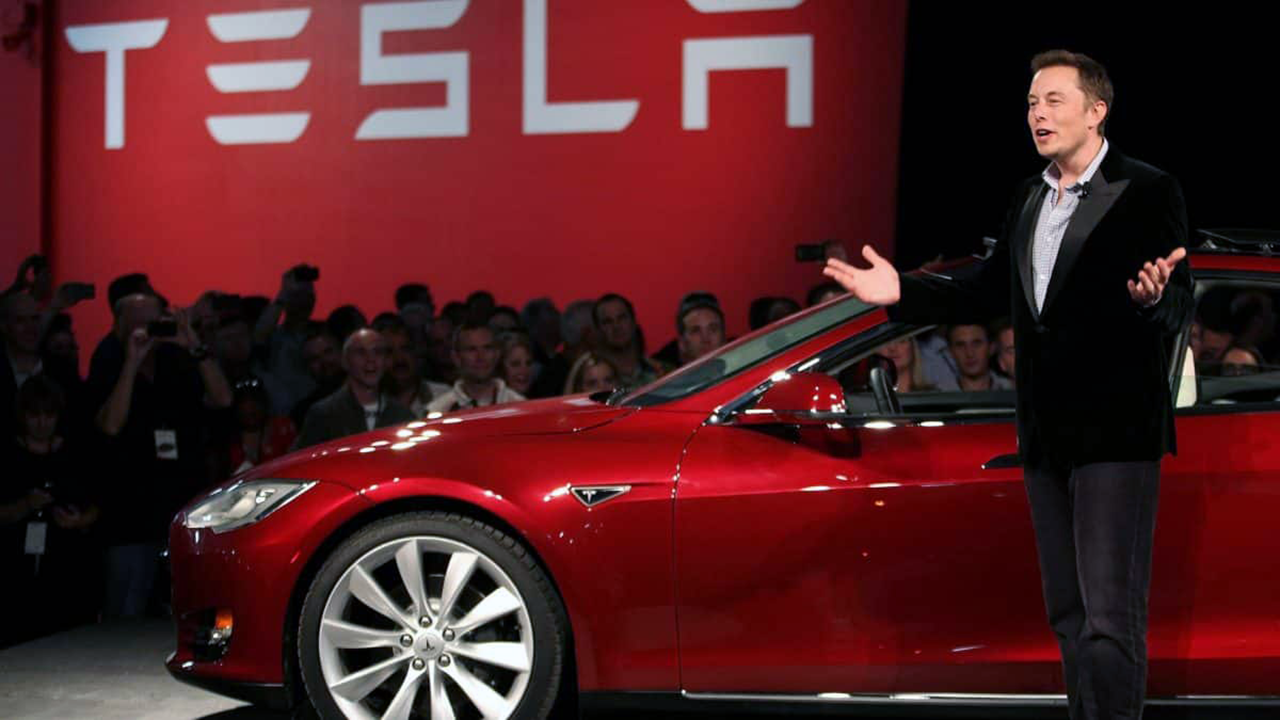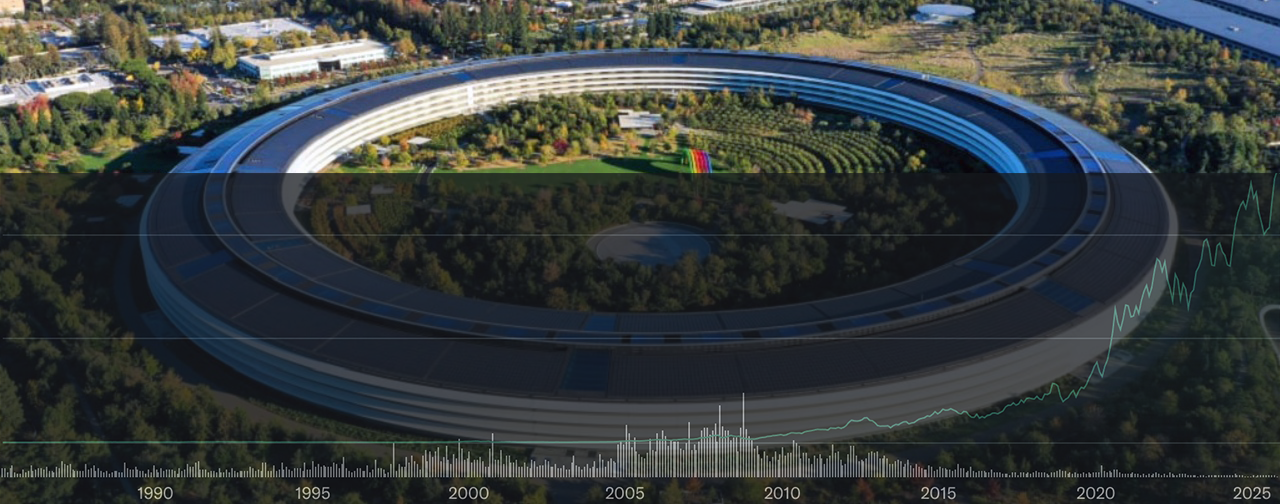asks HuffPost…
The following is the key point about HFT…
The idea behind high-frequency trading (HFT, as it is known) is that if you can buy and sell stocks, bonds and derivatives at the speed of a supercomputer — literally executing trades by the millisecond — you can make money off each of the tiny little movements in price. Taken individually, each trade nets only a few pennies. But some high-frequency trading firms can trade as many as 100 million shares in a single day.
So its basically what the traders on the floor (aka the market makers) used to do (thus why many of them earned the nickname, market manipulators), but at much higher speeds. It’s why I suggest people who aren’t familiar with the Wall Street “Casino”, read Liar’s Poker by Michael Lewis. It’s all one needs to know about the mindset and the sort of tricks that have been used to make money on Wall Street. The computerization of this just allows these new breed of traders to make even more money (out of thin air).
The issue with HFT is exactly those algorithms. It’s based on trends, it’s based on decision trees which decides what is good news and what is bad news. Like many computer algorithms, they aren’t necessarily perfect especially when it comes to interpreting information that has large shades of gray in it (i.e. not clear cut). True, in some respects, there is efficiency when computers are used. However, that efficiency loses its meaning when the algorithms make their decisions too literally. The algorithms basically shoot first and rarely ask questions later. It does what it does, moving prices up and down at will. Thus, the price movement can quickly move in any direction with very little based on the actual fundamentals. Some stocks see a higher degree volatility than others because they are basically easier to play around with. AAPL happens to be one of those stocks which gets whipsawed by HFT’s. This is why I’ve mentioned before that true price discovery is often times difficult in this market.
Trading volume therefore is not necessarily indicative of actual retail investors or traders buying or selling shares. The reality today is that a large amount of trading are these computerized HFT’s with trades occurring so rapidly that who really knows just how much shenanigans is taking place. And we haven’t even talked about those murky “dark pools” yet…
Now try explaining all of this to the greater number of average joe’s out there who don’t grasp the true nature of Wall Street (which is based on fear and greed – emotions). They put their money into mutual funds, 401k’s, 403(b)s, 457(b)’s, etc without really understanding how all of that money is actually managed. They buy stocks as small time retail investors expecting it’s short term performance to be driven by fundamentals. The reality is many do not care about those details. All they do care about is seeing their portfolio or stocks go up. The reason Wall Street traders get such a bad rap and are generalized into one group is because it is often times well deserved (especially when one considers the amount of corruption and inside dealings that exist). It doesn’t help when the typical profile of many of those in that industry, is that of a sociopath (whose money making and ego driven goals are achieved via an “all costs” mentality).
There is no beating the street because if you try, you will lose. Timing the bottom is nearly futile (the bottom only becomes apparent in hindsight) but using technical analysis, it isn’t too difficult to figure out where the algorithms could send the stock short term (which is how I made my recent purchases). It’s also why I manage my portfolio myself. It’s why I diss CNBC and other financial “news” outlets as such (because it’s almost all BS, meant to weigh on the psyche of peoples emotion in order to drive them to make rash decisions). Fundamentals have to eventually kick in though which is why I invest the way I do (for the long term). HFT’s may not kill Wall Street but what it has done is kill off the individual investor, the one who used to buy and hold for the long term. Speaking of buy and hold, only around 1% of Apple’s 932 million outstanding shares are actually owned by individual investors (the majority are held by institutions – Fidelity is one of the largest holders with around 49 million shares, followed by Vanguard with 37 million).




2 Comments